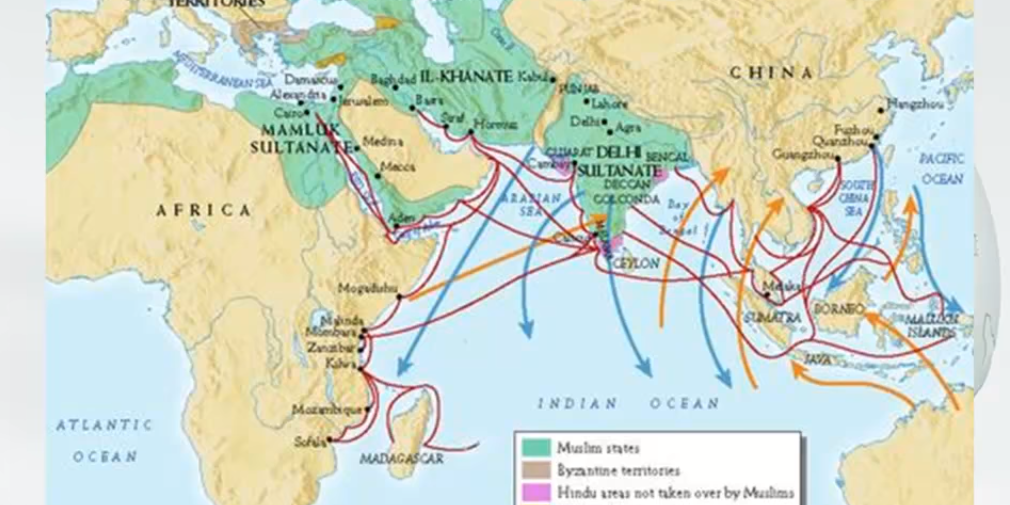The prevailing view has been the Middle Ages were an era of “feudal heteronomy”, radically distinct from the early modern international system that superseded it sometime between the mid-sixteenth and mid-seventeenth centuries. According to this view, the late medieval order was not an international system, properly understood, for the simple reason that it did not comprise sovereign states interacting under conditions of anarchy. Rather, or so the conventional wisdom has it, the late medieval world was populated by a wide range of qualitatively distinct types of political units – the Church, the Empire, kingdoms, towns, urban leagues, feudo-vassalic networks, etc. – interacting within a variety of hierarchies (feudal, legal, cosmological), and operating according to a non-exclusive territorial logic.
Continue reading on Medievalists.net






